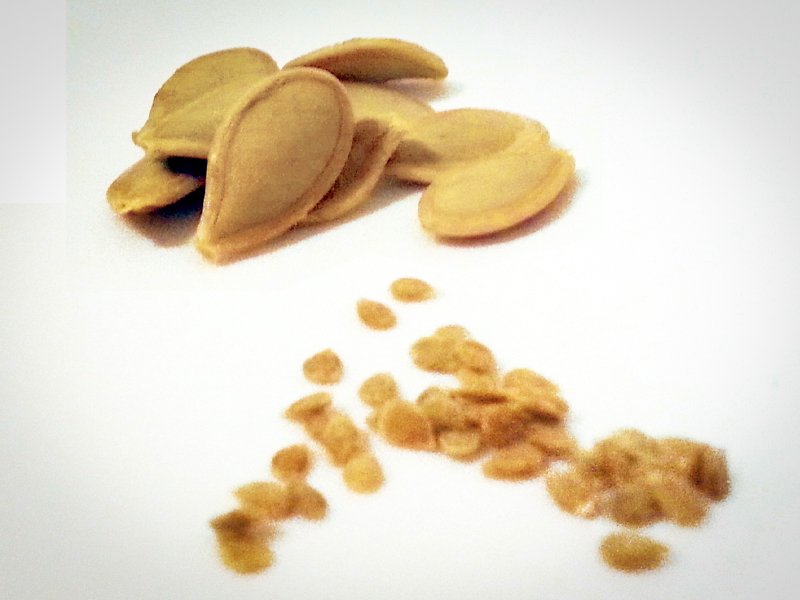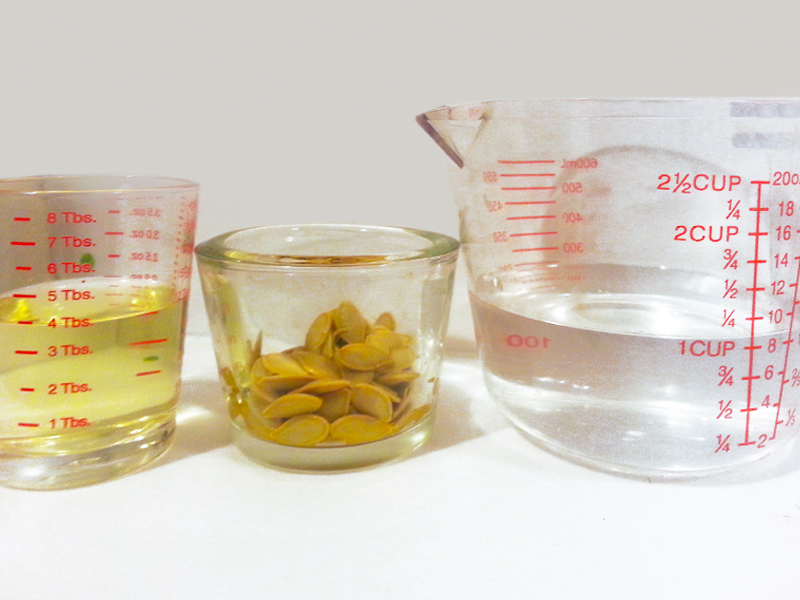

How-to
Garden Stories
Seed Pools and Jacuzzis
Have you ever spent days tending to seeds only to find that they rot shortly after sprouting? If you want your seeds to grow into big healthy plants, you should take the precaution of treating them to prevent fungal and bacterial diseases.
Seeds can catch diseases from diseased parents or plants around them. Fungal infections are common because spores can travel on the wind or in water droplets and may land on seeds, sometimes penetrating the outer layers of the seed coat and remaining until germination. When the seed sprouts, the new soft tissue offers a welcome home for the fungus to grow. Bacterial pathogens sometimes will infect the embryo of the seed itself, so the tough outer seed coat protects the bacteria too! When the seed germinates, the bacteria grows and infects the young seedling.
Don’t worry! There is a way to save your seeds from this cruel fate. We use two methods to help prevent disease in seedlings: bleach treatment and heat treatment.
Bleach treatment
Heat treatment, or the “seed jacuzzi” method







